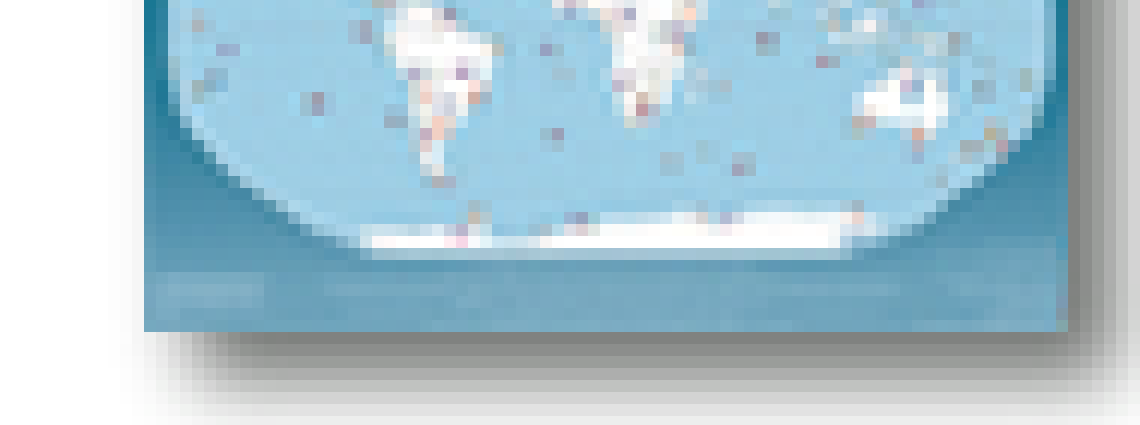The Cuban Missile Crisis and nuclear testing
October 2012 marks the 50th anniversary of the Cuban Missile Crisis. It was triggered on 16 October 1962 when the United States discovered that the Soviet Union had stationed nuclear capable missiles in Cuba, placing Washington and other major cities within reach. This discovery came amidst a political climate already marked by tension and an intensifying nuclear arms race: In the 16 months before this, both superpowers had conducted over 250 nuclear tests, more than in the 16 preceding years together.
The United States reacted by implementing a blockade or “quarantine”, preventing Soviet ships from delivering further weapons to Cuba. In addition, President Kennedy’s military advisors were pushing for an invasion of Cuba, a step that would undoubtedly have caused a nuclear escalation: Unknown to the United States, over 100 tactical nuclear warheads were already on Cuban soil. Local Soviet commanders had even readied these systems by “mating” the warheads with the missiles, without authorization from Moscow.
The months before the Cuban Missile Crisis saw an all-time high in nuclear testing – click to enlarge.
| Date | Country | Name | Place | Yield |
|---|---|---|---|---|
| 18 October | United States | Chama | Johnston Atoll | 1.59 megatons |
| 20 October | United States | Checkmate | Johnston Atoll | 7 kilotons |
| 22 October | Soviet Union | K3 | Kapustin Yar | 300 kilotons |
| 26 October | United States | Bluegill Triple Prime | Johnston Atoll | 410 kilotons |
| 27 October | United States | Calamity | Johnston Atoll | 410 kilotons |
| 28 October | Soviet Union | K4 | Kapustin Yar | 300 kilotons |
These U.S. nuclear tests were part of the Operation Dominic - declassified U.S. Department of Energy film:
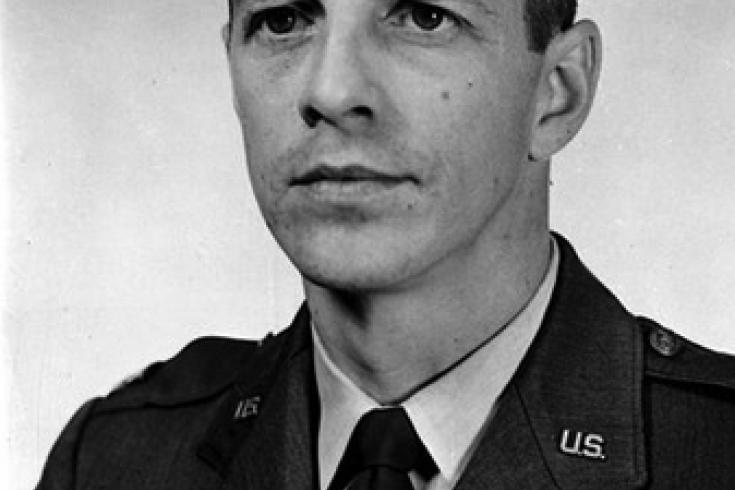
Major Rudolf Anderson, Jr., remained the only casualty of the Cuban Missile Crisis.
After tense negotiations, the crisis ended on 28 October when Chairman Khrushchev agreed to the removal of Soviet nuclear weapons from Cuban soil. In return, President Kennedy agreed to the non-publicised removal of U.S. missiles from Turkey and gave assurances that the United States would not to invade Cuba or assist others in doing so.
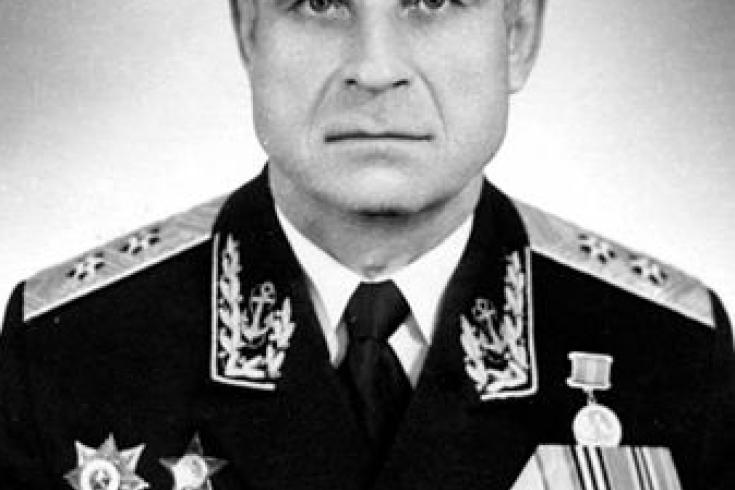
Soviet naval officer Vasili Arkhipov vetoed the launch of the nuclear torpedo.
...it is important to reach an understanding to both these problems in order to make a good gift to the people, to let them rejoice in the news that a nuclear test ban agreement has also been reached and thus there will be no further contamination of the atmosphere.
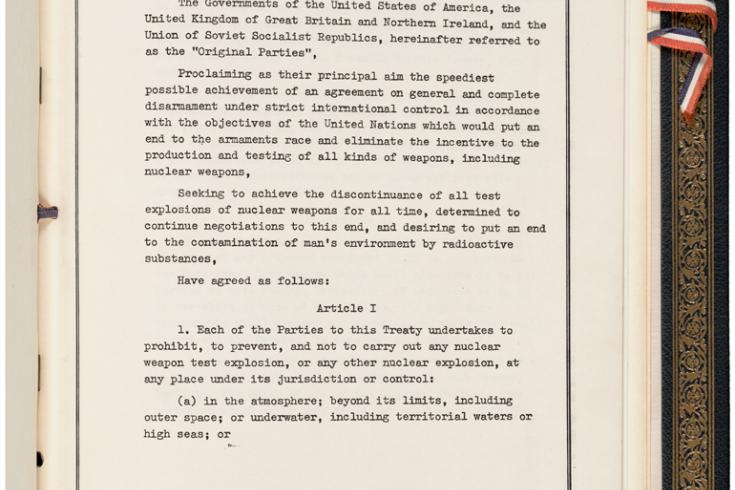
The Partial Test Ban Treaty was signed on 26 July 1963.
If it does represent a possibility of avoiding the kind of collision that we had last fall in Cuba, which was quite close, and Berlin in 1961, we should seize the chance.
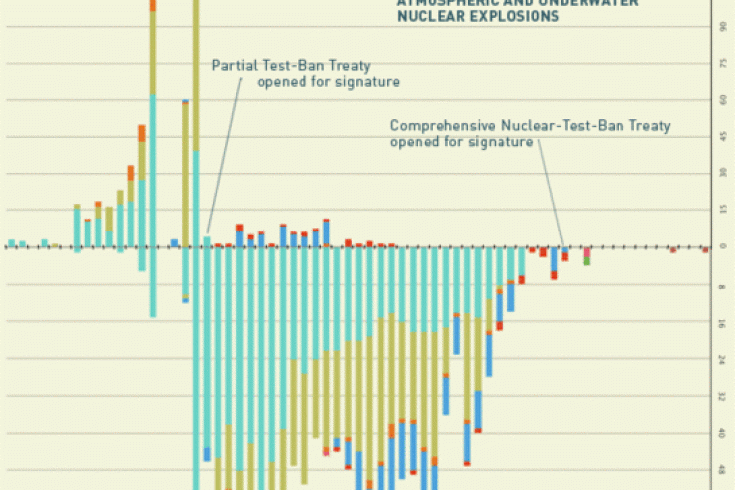
Nuclear testing increased in number after 1963 – click to enlarge.
24 Oct 2012
